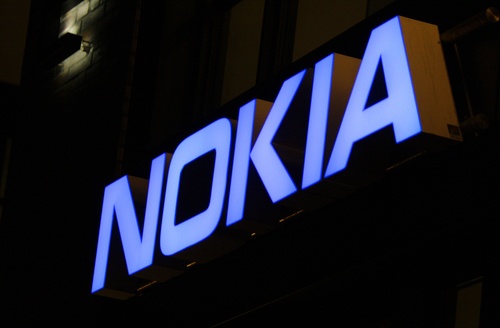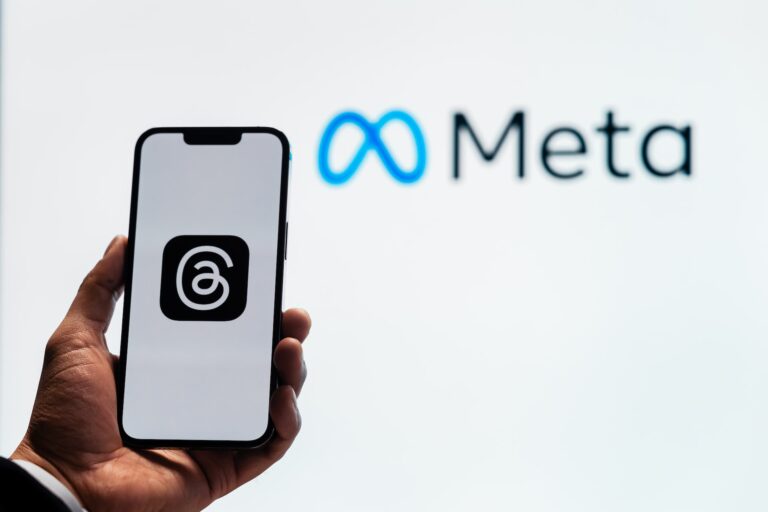Key Takeaways:
- Amazon revealed new Echo devices optimized for Alexa+ on September 30, 2025.
- Echo Show 8, Echo Show 11, Echo Dot Max, and Echo Studio received hardware and software boosts.
- Alexa+ offers free generative AI features for Prime members.
- The upgrades aim to strengthen Amazon’s lead in AI-driven smart homes.
Echo devices get a major AI upgrade
Amazon just held a big event to introduce its latest Echo devices. These smart speakers and screens now run on Alexa+. This new generative AI assistant makes voice chats more natural and helps with smart home tasks. Amazon made sure Prime members get Alexa+ for free. As a result, users can enjoy advanced features without extra cost. The company hopes these refreshed Echo devices will stand out against rivals in the smart home market.
Right away, the Echo Show 8 and Echo Show 11 caught attention. They both sport brighter displays and clearer cameras. Meanwhile, the Echo Dot Max and Echo Studio bring better sound quality. Each device uses Alexa+ to answer queries, show visuals, and control lights or locks. In other words, smart home management just got easier. If you already own an Echo device, you’ll likely notice faster responses and sharper visuals.
Why Alexa+ matters for Echo devices
Alexa+ is not just a new name. It is a major leap for Amazon’s assistant. Thanks to generative AI, Alexa+ can create original responses, suggest ideas, and even write emails. Moreover, it learns your preferences and adapts over time. This means the same Echo devices you know will feel smarter and more personal.
For example, Alexa+ can draft a family meal plan based on your dietary needs. Or it can summarize your upcoming week and suggest to-do tasks. These features run smoothly on the new Echo devices. Therefore, you no longer need separate apps or services for creative or planning help. Everything happens right on your smart display or speaker.
New features of refreshed models
Echo Show 8 and Echo Show 11
Both displays got hardware tweaks for sharper images. They now include better lighting for video calls. In addition, their new speakers deliver richer sound. Thanks to Alexa+ integration, you can ask more complex questions. The device will display answers visually and read them out loud.
Echo Dot Max
This model steps up from the classic Dot design. It packs a more powerful speaker and a small display. You can see song lyrics, weather updates, or cooking timers at a glance. With Alexa+, the Dot Max learns your routine and offers proactive tips. For instance, it might suggest playing your favorite playlist in the evening.
Echo Studio
The Studio model focuses on audiophiles. It offers 3D spatial audio and deep bass. Now, with Alexa+, it can recommend playlists based on the mood you describe. You might say, “Alexa+, play something chill for studying,” and the Echo Studio will craft a fitting mix. Furthermore, its new microphones grab voice commands from across the room.
What this means for your smart home
These refreshed Echo devices work seamlessly with lights, locks, plugs, and cameras. Alexa+ can group commands into routines. For example, saying “Alexa+, start movie night” will dim lights, lower the blinds, and play your favorite film. Previously, you had to set up this routine in the app. Now, Alexa+ can suggest it when it spots a pattern in your habits.
Moreover, Alexa+ can alert you to odd activity. If a smart camera sees movement at your front door, Alexa+ will send a notification. It can even ask the camera to give you a quick summary of what it spotted. Such real-time monitoring adds an extra layer of security to your home.
Amazon also touted privacy controls. Each Echo device has a physical mute button. You can set time limits for voice data storage. Users can review or delete their recordings at any moment. This way, the benefits of generative AI come with clear privacy choices.
How Alexa+ strengthens Amazon’s edge
Amazon hopes these Echo devices will draw in more Prime members. By giving Alexa+ features away for free, Amazon makes its smart home ecosystem more appealing. Competing rivals charge extra or lock advanced features behind paywalls. With Alexa+, Prime users get creativity tools, planning help, and smarter home controls without another subscription.
Additionally, Amazon aims to sell more devices. The refreshed Echo Show 8 and 11 target families with shared displays. The Echo Dot Max serves music lovers on a budget. And the Echo Studio caters to audiophiles. This lineup covers most smart home needs, making it easier for people to choose the right Echo device.
Amazon’s move shows how AI shapes our daily lives. Smart speakers and displays no longer just play music or report the weather. They now generate tailor-made responses and suggestions. Alexa+ turns passive devices into active helpers.
Making the switch and pricing
All Amazon Echo devices will support Alexa+ after a simple software update. Prime members in the U.S. will see features roll out in October 2025. International release dates will follow soon after. Pricing for the refreshed models remains similar to previous versions. However, buyers get a faster processor, better speakers, and Alexa+ integration at no extra cost.
If you own an older Echo device, you’ll receive the Alexa+ upgrade automatically. But only the newest hardware will unlock visual AI features. That means older speakers may not show graphics or advanced touch controls. For full experience, consider upgrading to one of the new Echo devices.
Final thoughts
With this launch, Amazon signals its intent to lead the smart home AI race. The new Echo devices show how Alexa+ can turn simple voice commands into dynamic interactions. Moreover, by offering generative AI for free to Prime users, Amazon gains a clear edge over competitors. If you want a smarter home that adapts to your routine, these Echo devices are worth a look.
Frequently Asked Questions
What new models did Amazon announce?
Amazon refreshed the Echo Show 8, Echo Show 11, Echo Dot Max, and Echo Studio. Each model got improved hardware and Alexa+ features.
What is Alexa+ and who gets it for free?
Alexa+ is Amazon’s generative AI assistant that offers smarter responses and suggestions. It is free for Prime members.
Will my older Echo devices get Alexa+?
All Echo devices will receive a software update for Alexa+. However, only the latest models unlock advanced visual features.
How do these Echo devices improve home security?
With Alexa+, your Echo device can group smart cameras, locks, and lights into routines. It can also send alerts and summaries when it detects unusual activity.









